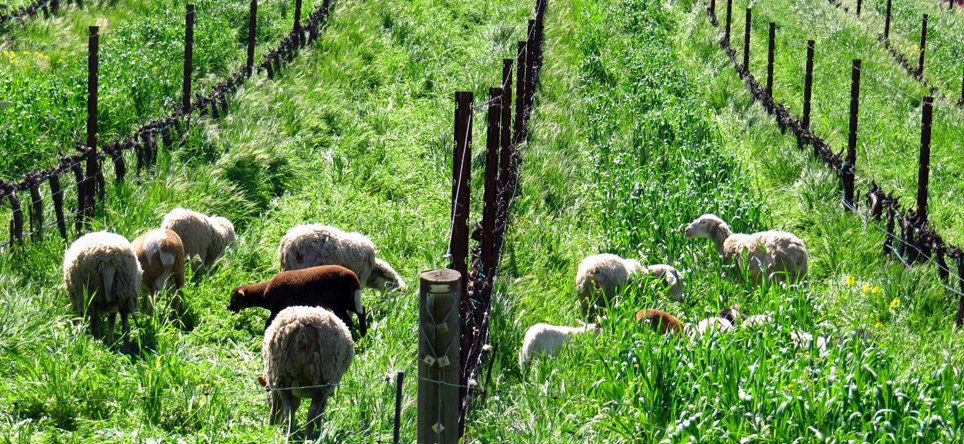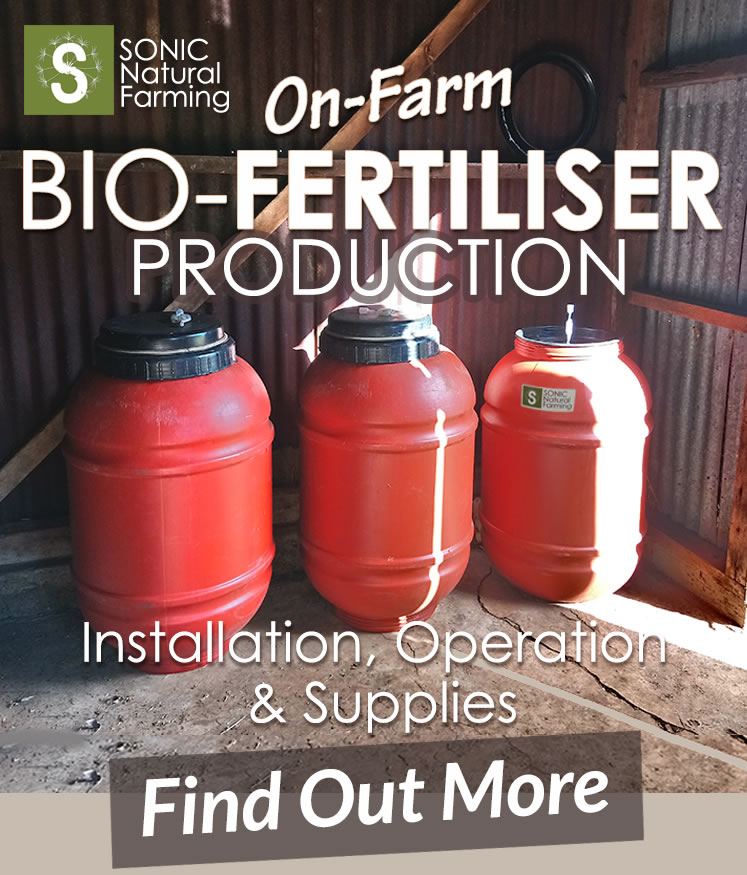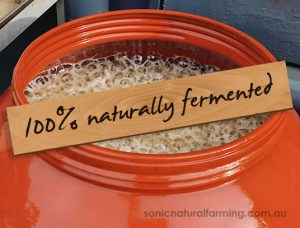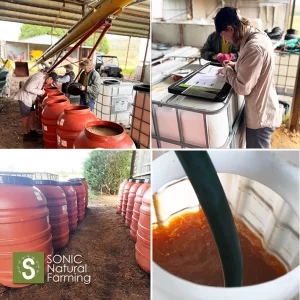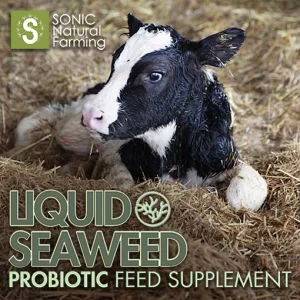Regenerative agriculture is gaining traction worldwide, and Australia is no exception. This innovative approach to farming offers numerous benefits that go beyond conventional agricultural practices.
The distinguishing factor of the regenerative farming philosophy is the emphasis on restoration. This type of restoration refers predominantly to a focus on topsoil and cover crops. In this section, we will explore the top six benefits of regenerative agriculture in Australia.
1. Regenerative Farming Practices Improve Soil Health
One of the key benefits of regenerative agriculture is its ability to enhance soil health. By adopting practices such as mixed species cover cropping and pasture cropping, crop rotation, biological inputs, and minimal tillage, farmers can improve soil structure, increase organic matter content, and promote microbial activity.
These practices contribute to better water infiltration and retention, reducing erosion and enhancing nutrient cycling within the soil. As a result, plants grown using these regenerative practices grow healthier and have been shown to display a reduction in disease.
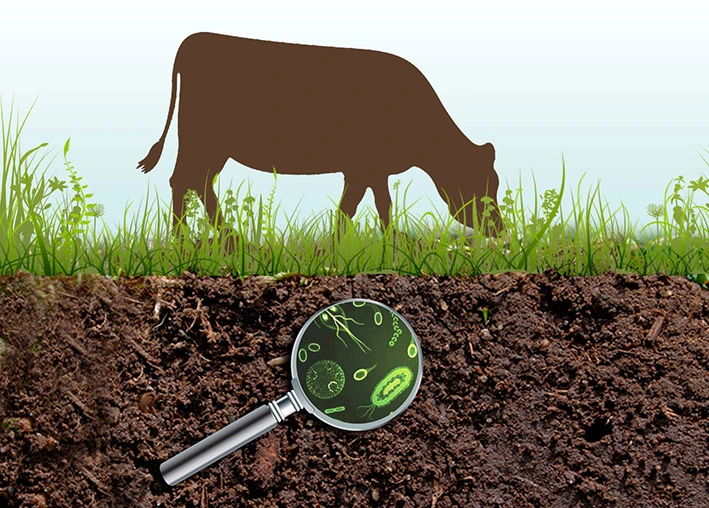
2. Regenerative Farming Practices Assist Crop Resilience and Yield
By implementing regenerative agriculture techniques farmers can increase the organic matter content, and microbial diversity in the soil, and improve its structure.
Increased Crop Resilience
One of the key benefits of regenerative agriculture is its ability to enhance crop resilience. Healthy soils are more resistant to pests, diseases, and extreme weather events. Additionally, regenerative practices help build a diverse ecosystem that supports beneficial insects and microorganisms which can naturally control pests.
Increased Yield
Moreover, regenerative agriculture has shown promising results in increasing crop yields. According to the Nature Conservancy Organization,
“Regenerative agricultural practices can reduce the risk of yield loss, due to stressors, and can bring about a material increase in crop yields and quality”
Healthy soils, with improved nutrient availability, provide plants with better access to essential elements for growth. This leads to healthier plants with increased vigor and productivity.
Australia has been actively embracing regenerative agriculture practices across various regions. Farmers are recognising the long-term benefits of this approach for both their crops’ health and environmental sustainability.
By adopting regenerative agriculture techniques, Australian farmers have witnessed improvements in soil quality over time while reducing, and in most cases eliminating, their reliance on chemicals and synthetic inputs.
As a result, regenerative agricultural practices contribute towards farmers performing genuine land stewardship while building resilient agricultural systems that can withstand environmental challenges, and ensuring higher, more quality yields for consumers.
Regenerative Agriculture Offers a Considerable Number of High Value Benefits

3. Regenerative Farming Practices Improve Farm Profitability
Regenerative agriculture has gained significant attention in Australia as a sustainable farming practice that not only benefits the environment but also improves farm profitability. This innovative approach focuses on restoring and enhancing soil health, biodiversity, and ecosystem services, leading to increased productivity and resilience.
By improving soil health and structure, farmers can increase crop yields while reducing input costs such as expensive fertilisers and pesticides.
Regenerative practices can lead to higher-quality produce that commands premium prices in the market
Australian Companies Helping Farmers Increase Profit
Australian leading regenerative agricultural business’, such as SONIC Natural Farming, contribute to assisting farmers in lowering their input costs, by providing DIY Kits for producing Biological Seaweed Fertiliser, and On-Farm Production Services that dramatically decrease product transportation costs and single-use packaging.
SONIC On-Farm Production assist farmers to lower input costs through a decrease in container use, waste and costs, and by reducing product tranportation costs
Regenerative agriculture offers a promising pathway for Australian farmers to enhance their profitability while fostering environmental sustainability.
By implementing regenerative agricultural practices, farmers can create a win-win situation where they not only contribute to a healthier planet but also reap economic benefits for themselves, their families, communities and future generations.
In Australia, organisations such as SONIC Natural Farming are leading the way in promoting regenerative agricultural practices through providing farmers with alternative means for accessing biological, organic, fertilisers. They work closely with farmers across the country to implement sustainable land management techniques that prioritise biodiversity preservation alongside agricultural productivity.
4. Regenerative Farming Practices Support Carbon Sequestration
Regenerative agriculture practices have gained significant attention in recent years due to their potential in carbon sequestration.
Carbon sequestration refers to the process of capturing and storing greenhouse-gas carbon dioxide (CO2 emissions) from the atmosphere.
In Australia, regenerative agriculture has emerged as a promising solution for carbon sequestration. This holistic approach to farming focuses on restoring and enhancing soil health, biodiversity, and ecosystem services.
Healthy soils act as carbon sinks by capturing atmospheric carbon dioxide during plant photosynthesis and storing it in organic matter. This not only reduces greenhouse gas emissions but also promotes long-term soil fertility.
By implementing regenerative agriculture practices such as cover cropping, rotational grazing, and no-till farming, farmers can enhance soil organic matter content and increase carbon storage capacity.
Australian Regenerative Agriculture Contributes to Global CO2 Reductions
Through regenerative agriculture practices, Australian farmers have the opportunity to not only improve soil health but also contribute to national and global efforts in reducing greenhouse gas emissions.
The adoption of regenerative agricultural practices can help restore degraded lands while simultaneously sequestering significant amounts of carbon dioxide from the atmosphere.
As Australia faces increasing challenges related to adverse climate conditions and land degradation, regenerative agriculture presents a viable solution that aligns environmental stewardship with agricultural productivity.
By supporting farmers in adopting these practices, through incentives and education programs, Australia has the potential to become a global leader in regenerative agriculture for carbon sequestration.
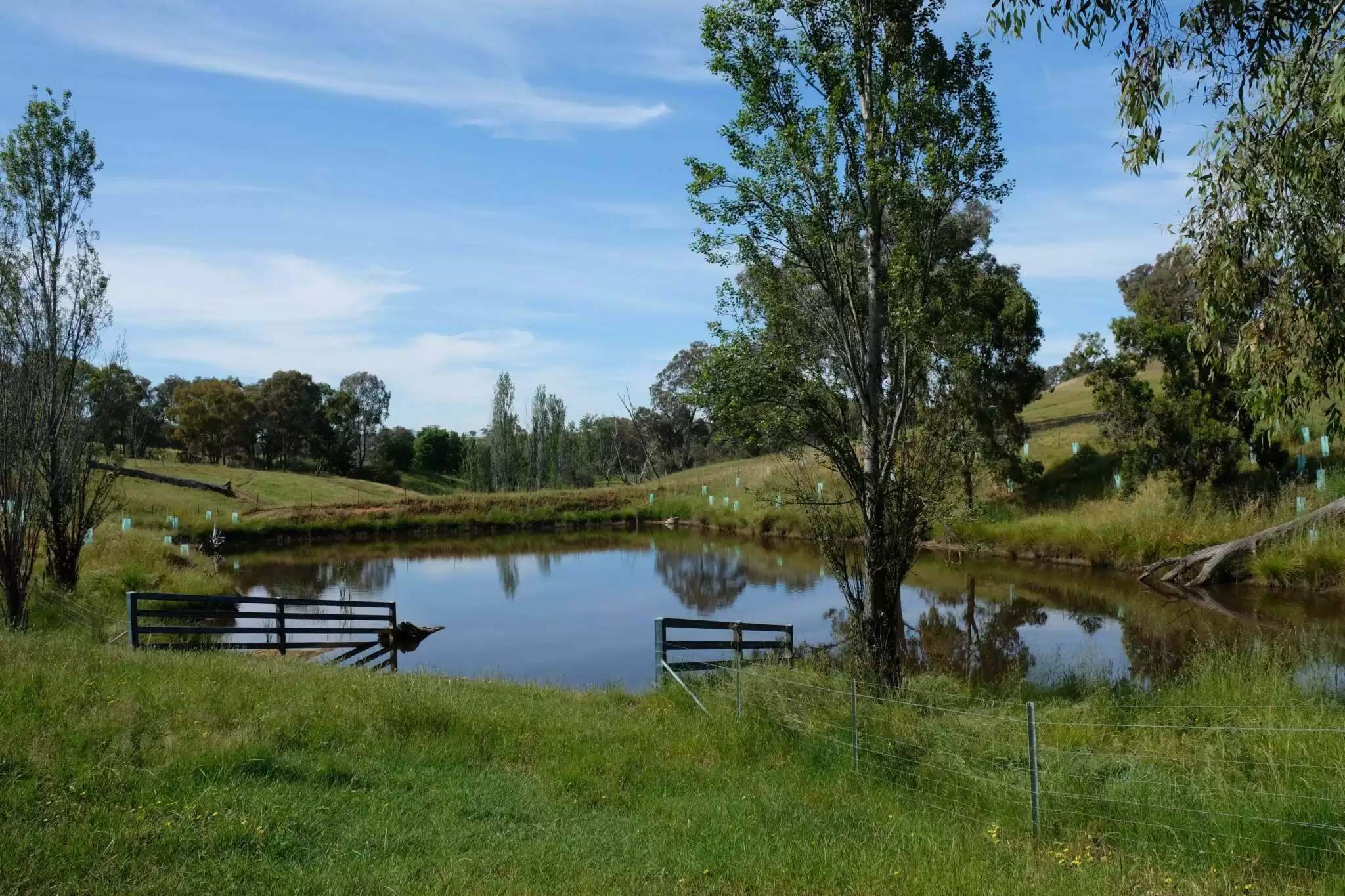
5. Regenerative Farming Practices Assist Water Conservation
With Australia’s arid climate and limited water resources, water conservation is crucial for sustainable agriculture. Regenerative farming methods like mulching, contour plowing, and holistic management help retain moisture in the soil while reducing erosion and runoff. This leads to more efficient water use and better resilience against droughts.
One of the key benefits of regenerative agriculture is its ability to improve soil structure and increase organic matter content. This leads to better water infiltration and retention in the soil, reducing runoff and improving overall water conservation.
Moreover, regenerative agriculture helps in maintaining water purity by minimising the use of synthetic fertilisers and pesticides, and opting instead, for organic inputs such as biological fertiliser.
Chemicals inputs often find their way into water bodies through runoff, causing pollution and harming aquatic ecosystems. By adopting organic farming methods and focusing on natural nutrient cycling, regenerative agriculture reduces the risk of chemical contamination in water sources.

6. Regenerative Farming Practices Preserve Biodiversity
Conventional farming practices often result in habitat destruction and loss of biodiversity.
In contrast, regenerative agriculture promotes ecosystem diversity. Regenerative agriculture creates comfortable habitats for beneficial microorganisms in the soil, insects, birds, and other wildlife species. This can be done through planting hedgerows, mixed-species cover cropping or incorporating native vegetation into farming systems.
In Australia, regenerative agriculture has emerged as a promising approach to address challenges, faced by the agricultural sector, while protecting and enhancing the country’s unique biodiversity.
Regenerative agriculture focuses on restoring and improving soil health, which in-turn supports diverse ecosystems
By employing practices such as cover cropping, rotational grazing, and minimal tillage, farmers can regenerate degraded lands, increase organic matter content, and enhance water retention capacity. These practices foster a favorable environment for native flora and fauna to thrive.
Australia’s vast landscapes provide an ideal setting for implementing regenerative agriculture techniques. The country’s rich biodiversity is home to numerous endemic species that are at risk due to habitat loss and degradation. Through regenerative agriculture practices, farmers can create habitats that support native wildlife populations by providing food sources, shelter, and corridors for movement.
In conclusion, adopting regenerative agriculture practices in Australia offers numerous benefits including improved soil health, carbon sequestration, enhanced biodiversity, contributions to human health, and potential economic advantages for farmers. It represents a promising approach towards building sustainable agricultural systems that prioritise both environmental stewardship and long-term productivity.

